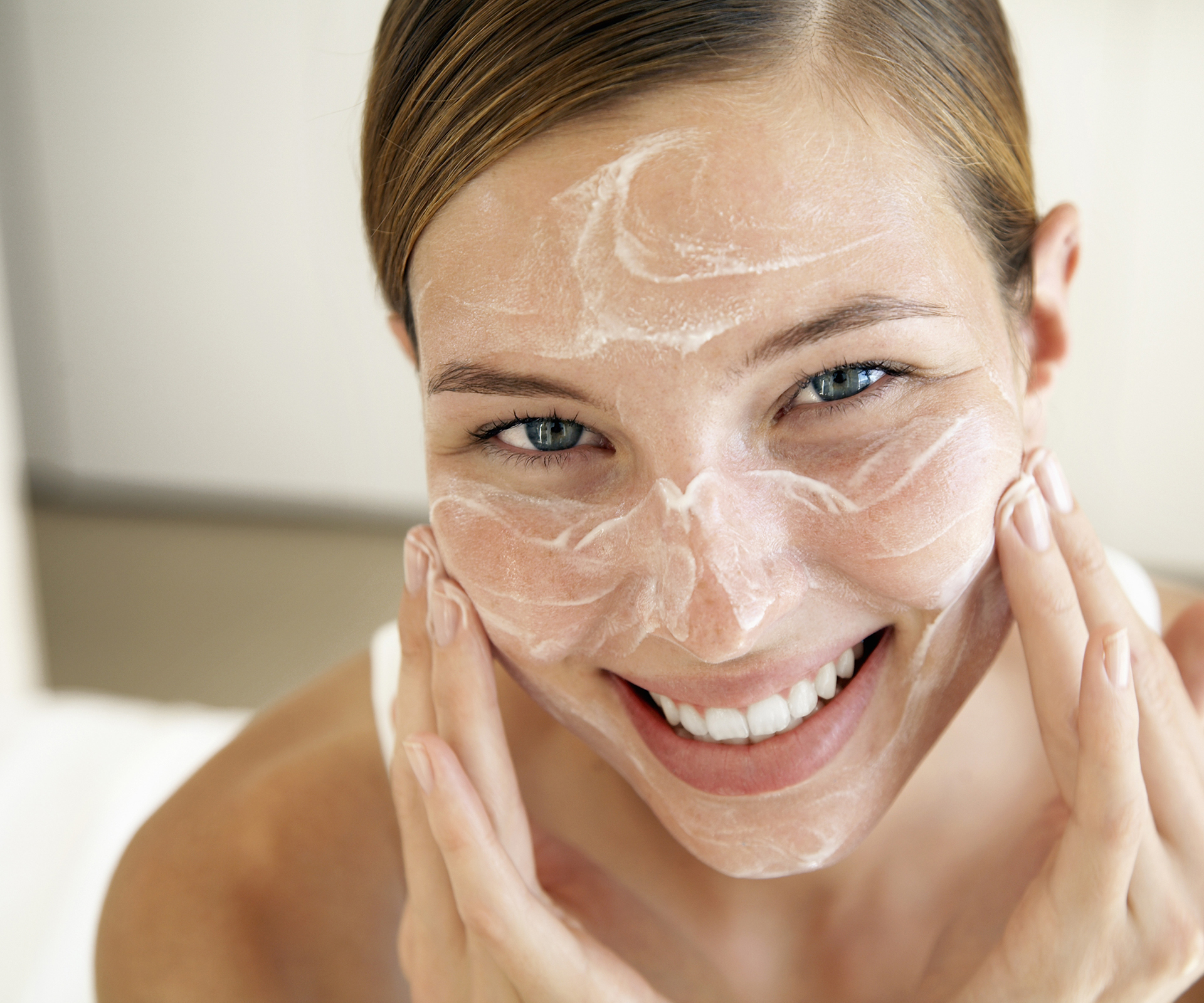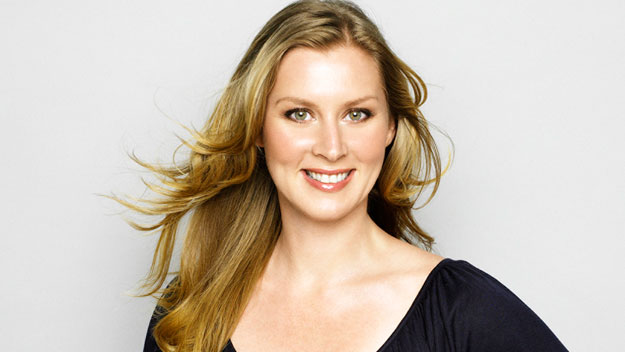There’s no doubt we’ve become more conscious of what we’re putting on our face and body in recent times – and cosmetic companies have responded in droves.
An array of organic and natural skincare and make-up products now line chemist, department store and supermarket shelves to cater for the high demand.
In fact, the organic cosmetics and toiletries industry in Australia grew by almost 18 per cent annually between 2009 and 2014, with revenue now at $236 million, according to IBIS World.
“The natural skincare and make-up industry has significantly grown over the last five years,” says Amina Kitching of Safe Cosmetics Australia. “In studying the beauty industry, I have seen many advances, notably the growth of natural cosmetic ingredients that are grown here in Australia. We now have a vast array of producers that are eco-minded and health-conscious. These growers have been fundamental in the rise of natural cosmetics and many new ‘natural’ cosmetic brands have evolved as a direct result of a competitive market provided by natural and organic ingredient suppliers.”
Yet, Amina acknowledges that many leading mainstream brands have also jumped on the bandwagon, offering natural ingredients in their product formulations to enable them to take advantage of this market trend.
“This is where consumers need to be savvy,” she warns, adding that “problems arise with misleading advertising and a lack of consumer knowledge.”
Vicki Engsall, the co-founder and product developer of all-natural Australian skincare brand The Jojoba Company, says many products claiming to be organic or natural still contain high percentages of synthetic and chemical ingredients.
“Chemical products are much cheaper to produce than natural, so companies add one or two natural ingredients to their chemical formulations and advertise these ingredients on the packaging,” she says. “Consumers are confused by claims such as ‘with natural extracts’ or ‘contains organic ingredients’, which lead them to believe that the formulation is natural or organic, when in fact it is a cheap chemical formulation containing some natural and/or organic ingredients. Technically, this is not a false claim, but it is very misleading.”
According to Bryan Barron, the Research and Content Director at Paula’s Choice Skincare, going green has become a phenomenon within the beauty industry.
“This is no small movement, so not surprisingly many brands have attempted to capitalise on the concept without always being good or consistent about putting what they preach into practice,” he says.
So how do you know if the products you’re purchasing are really natural or organic? Vicki says to do your research and check the ingredients on the label carefully.
“Don’t be fooled by the word ‘organic’ on the label. Read the fine print – it may say organic actives or organic essential oils, which is usually only a tiny percentage of a synthetic formulation,” she says. “Look out for natural ingredients, especially in the top five ingredients of the formulation, as the ingredients are listed in the order of percentage, highest to lowest.”
Beyond educating consumers, some are also calling for tougher government regulation. Kathy Cogo, Communication Manager for Australian Organic, says the absence of legislation around the word “organic” allows companies to take advantage of consumers.
“A product can claim to be organic even if the ingredients are harmful. The only way shoppers can be really sure is to look for a government approved certification logo like Australian Certified Organic,” she explains. “There is also an international reputable organic certifying logo for skincare and cosmetics called COSMOS.”
Kathy says in order to comply with the Australian Certified Organic Standard and to have the Australian Certified Organic BUD logo displayed on their products, companies must use at least 95 per cent certified organic ingredients that aren’t derived from genetically modified material or be extracted using petrochemical solvents.
“Products that use a minimum of 70 per cent certified organic ingredients can claim the product is ‘made with organic ingredients’ and wear a modified bud logo. Whether the product has 95 per cent or 70 per cent certified organic ingredients, the remaining ingredients must still meet strict requirements,” she says.
“Companies are audited each year to make sure they comply with the Australian Certified Organic Standard. They are also subject to spot audits.”
Women’s Weekly’s favourite natural beauty products:





